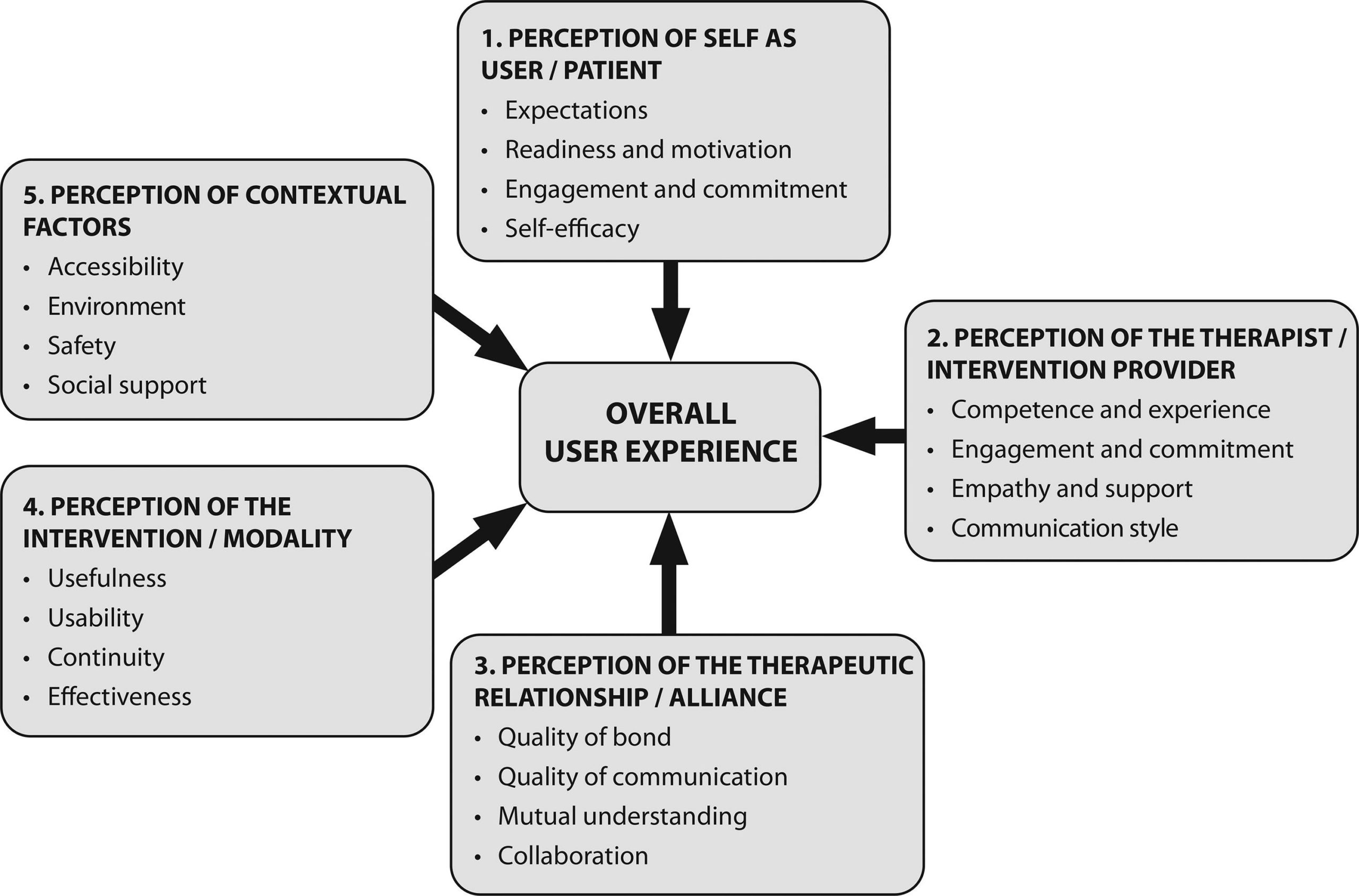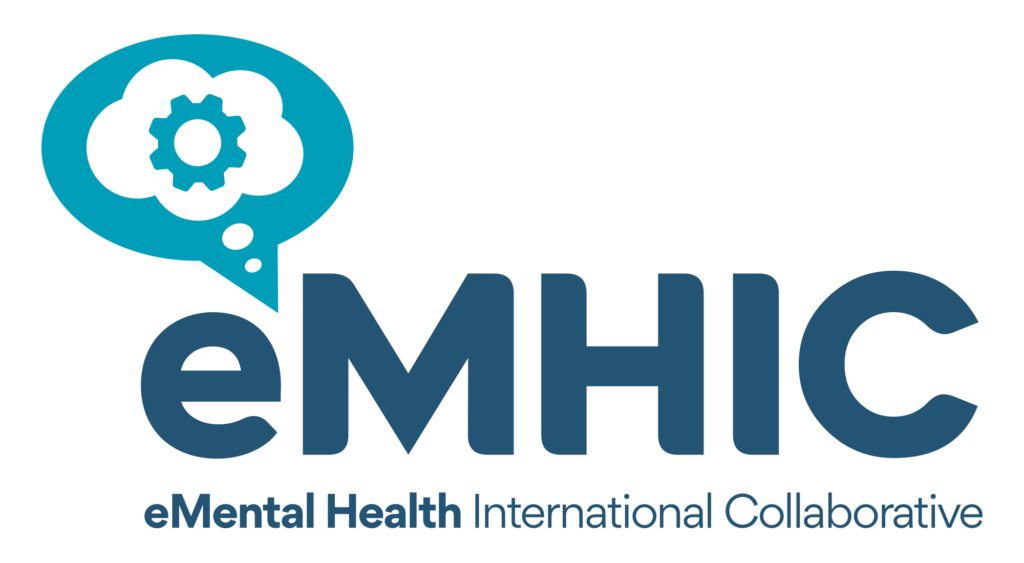How patients’ experiences with mental health services are approached and evaluated varies both within research and within clinical practice. In some cases such evaluations are prioritized. In other cases such an approach is non-existent or fragmented.
So how can we better understand, evaluate and promote the service user experience within the mental health field – including in digital services?
Traditionally, there has neither been a big nor a systematic focus on patients’ experiences within the healthcare sector. There was often more focus on how a therapist or doctor experienced an intervention. The patient or service user was to a larger degree seen as a more or less passive receiver of a treatment or health service.
Except for a certain interest in the effect of the care provider’s competence and the therapeutic relationship, the outcome of the treatment was almost solely attributed to the intervention or modality that was used. This, despite the fact that the same type of interventions could bring very different results among patients with the same type of ailments – at the same time as different types of interventions could bring very similar results.
Different approaches to the service user experience
A new framework to approach and improve the user experience
This framework consists of five overarching factors/domains which involves:
- Perception of self as patient/user
- Perception of the therapist/intervention provider
- Perception of the therapeutic relationship/alliance
- Perception of the intervention/modality
- Perception of contextual factors
Several subordinate facets were also presented for each of the domains, based on our review and analysis, as well as clinical relevance.

Figure 1: The User Experience Framework for Health Interventions (Søvold & Solbakken, 2022)
The framework can be used for conducting a more systematic and multifaceted evaluation of the user experience – both on individual and group level. When the user experience is evaluated through all of the five domains (and their subordinate facets), a pattern or picture of the overall experience of the service user will emerge. This will for example reveal that the patient is very happy with some aspects (e.g the therapeutic relationship and the intervention itself), and only somewhat satisfied or dissatisfied with other aspects (e.g their own participation in the therapeutic process or specific contextual factors). However this pattern looks, it gives a more holistic picture and understanding of the service user’s experiences, than by only evaluating one or two of these dimensions or domains of the user experience.
From passive receiver to active co-creator
The full-text of the User Experience Framework paper is not currently open-access, but the abstract can be viewed by clicking here.




